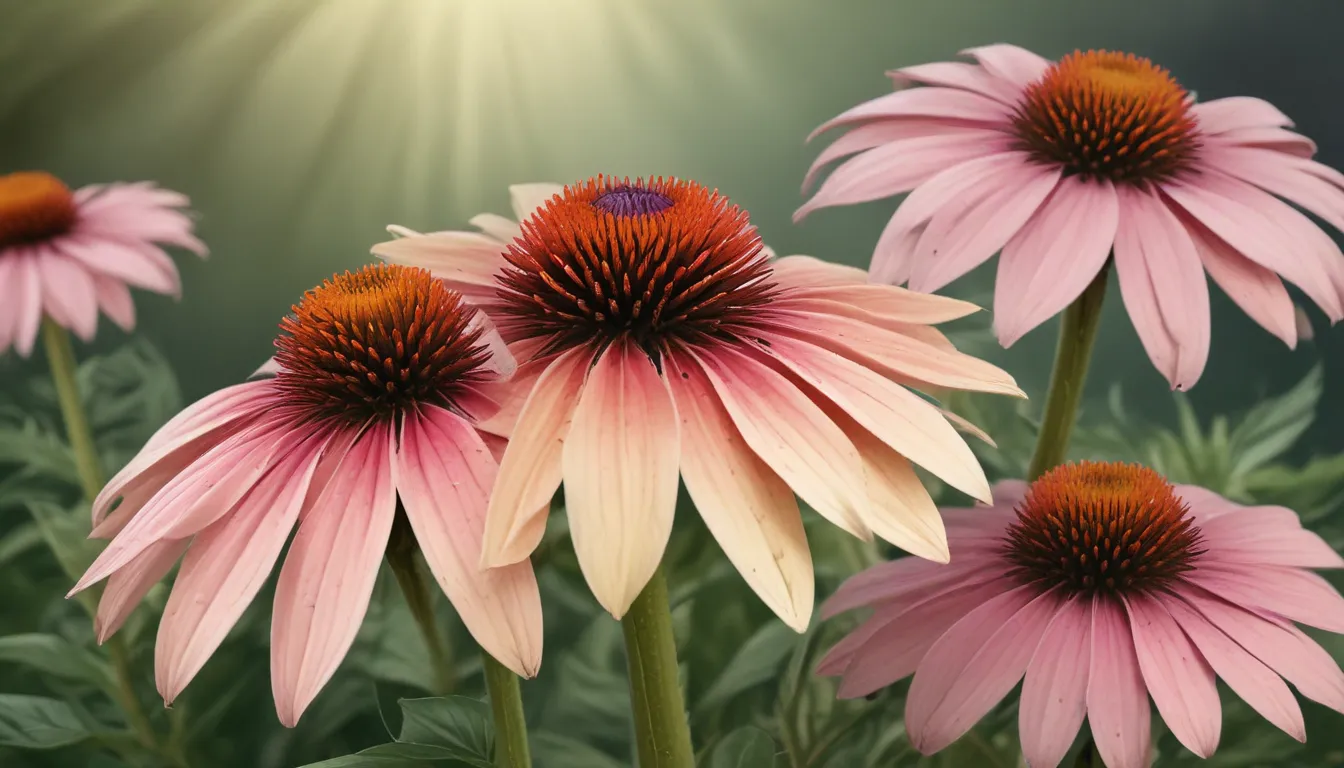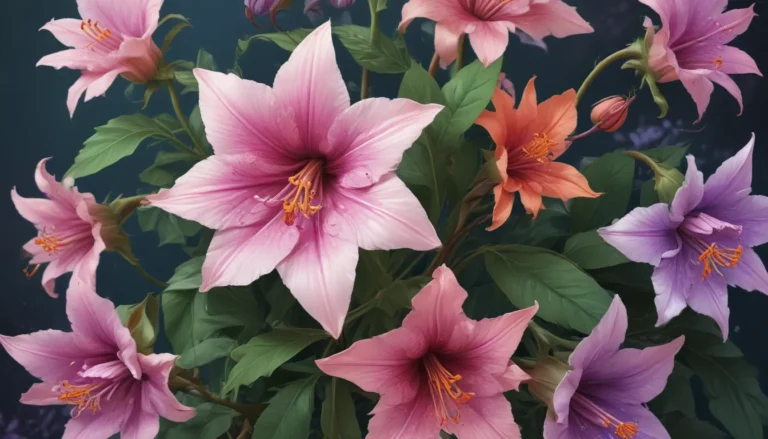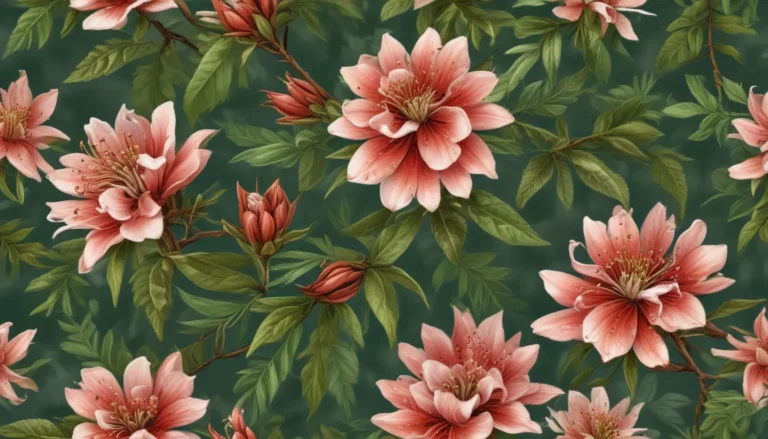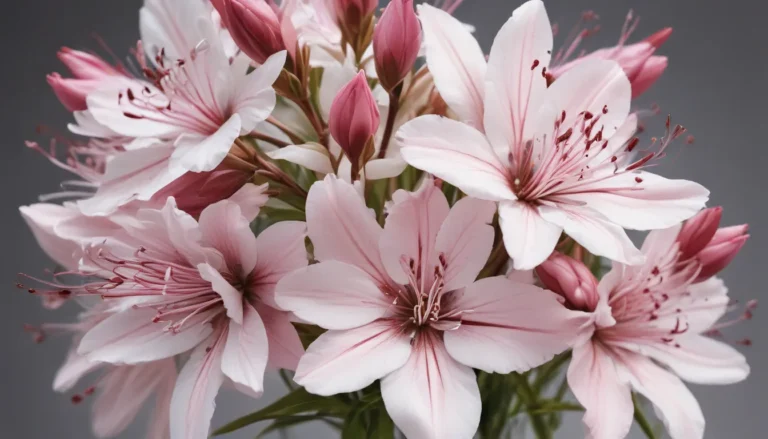The pictures we use in our articles might not show exactly what the words say. We choose these pictures to make you interested in reading more. The pictures work together with the words but don’t take their place. The words still tell you the important facts.
Are you looking to enhance your garden with vibrant, resilient plants that attract pollinators and offer medicinal properties? Look no further than the Coneflower, also known as Echinacea. In this comprehensive guide, we will delve into the fascinating world of Coneflowers and uncover 13 mind-blowing facts that will deepen your appreciation for this stunning plant.
The Native Beauty of Coneflowers
Native to North America, Coneflowers are renowned for their stunning beauty and versatility. With their vibrant petals and distinctive cone-shaped centers, these flowers are a feast for the eyes and a magnet for pollinators like bees and butterflies.
Exploring the Diversity of Coneflowers
Within the Echinacea genus, there are nine different species of Coneflower, each offering unique appearances, colors, and growth habits. This diversity provides gardeners and flower enthusiasts with a wide range of options to choose from, ensuring there is a Coneflower for every garden.
The Significance of the Cone-Shaped Center
The Coneflower derives its name from the cone-shaped center that is surrounded by colorful petals. This cone is composed of tiny individual flowers known as florets, adding an intriguing element to the overall beauty of the plant.
A Haven for Pollinators
With their vibrant colors and sweet nectar, Coneflowers are a paradise for pollinators. Bees, butterflies, and hummingbirds flock to these flowers, playing a crucial role in the pollination process and contributing to the health of the ecosystem.
A Rainbow of Colors
While purple may be the most common color of Coneflowers, they also come in various hues, including pink, white, yellow, and orange. This wide spectrum of colors adds a burst of diversity to any garden and allows for endless creative possibilities in landscaping.
Harnessing the Medicinal Power of Coneflowers
For centuries, Coneflowers have been revered for their medicinal properties in traditional herbal medicine. Believed to boost the immune system, reduce inflammation, and alleviate cold and flu symptoms, these plants offer a natural remedy for various ailments.
Unlocking the Healing Potential of Coneflower Roots
The roots of the Coneflower are especially prized for their medicinal benefits. Harvested and dried, the roots are used to create supplements, tinctures, and teas that support overall wellness and offer a holistic approach to health.
Embracing Easy Care and Resilience
Coneflowers are celebrated for their resilience and adaptability, thriving in a variety of soil types and requiring minimal maintenance. Whether you are a novice or experienced gardener, Coneflowers are a fuss-free choice that offers enduring beauty.
Enjoying a Prolonged Blooming Period
One of the delights of growing Coneflowers is their extended blooming period. From early summer to fall, these flowers grace the garden with their colorful blooms, providing a continuous display of beauty and enchantment.
Thriving in Full Sun
Coneflowers thrive in full sun and prefer to bask in the warmth of direct sunlight. While they can tolerate some shade, maximum exposure to sunlight ensures optimal growth and vibrant blossoms that dazzle the senses.
Harnessing the Power of Self-Seeding
Once established, Coneflowers exhibit the remarkable ability to self-seed. The seeds they produce can fall to the ground, germinate, and give rise to new plants without any extra effort from the gardener, making them a low-maintenance option for busy gardeners.
Enduring Drought with Grace
Equipped with deep taproots, Coneflowers have evolved to withstand dry conditions with remarkable resilience. Their drought tolerance makes them an ideal choice for gardens in arid regions, where water conservation is essential.
Repelling Deer with Bitterness
Due to their slightly bitter taste, Coneflowers are not favored by deer, making them a deer-resistant option for gardens in areas frequented by these animals. This natural defense mechanism ensures that your garden remains protected and flourishing.
In conclusion, the Coneflower is a remarkable plant that offers a host of benefits for both gardeners and nature enthusiasts. From their striking beauty to their medicinal properties, Coneflowers continue to captivate and inspire with their diverse colors, resilience, and ecological significance. Whether you are looking to enhance your garden's aesthetic appeal or explore the world of herbal remedies, Coneflowers are a delightful choice that promises endless possibilities.
Frequently Asked Questions
- How do I care for coneflowers?
- Plant them in well-draining soil
- Provide regular watering
- Place them in a sunny location
-
Deadhead spent blooms for continuous flowering
-
Can coneflowers tolerate cold weather?
-
Yes, they are generally hardy but may benefit from winter protection like mulching.
-
Can I grow coneflowers in pots or containers?
-
Yes, ensure proper drainage, use well-draining soil, and provide sunlight and water.
-
Are coneflowers attractive to pollinators?
-
Absolutely! They attract butterflies, bees, and other pollinators with their vibrant blooms.
-
Do coneflowers have medicinal properties?
-
Yes, they have immune-boosting properties and can alleviate cold and flu symptoms.
-
Can coneflowers be divided?
-
Yes, divide every few years in spring or fall for plant health.
-
Are there different colors of coneflowers?
-
Yes, they come in pink, purple, yellow, white, and bi-colored varieties.
-
How long do coneflowers typically bloom?
-
Blooming period varies, but on average from early summer to fall.
-
Can coneflowers be grown from seeds?
-
Yes, sow seeds in spring for germination in a few weeks.
-
Are coneflowers deer-resistant?
- Generally considered deer-resistant, monitor for damage and take precautions if needed.
Thank you for exploring the beauty and benefits of Coneflowers with us. We hope this guide has inspired you to embrace the wonders of this remarkable plant and embark on a journey of growth, beauty, and healing with Coneflowers by your side. Happy gardening!






